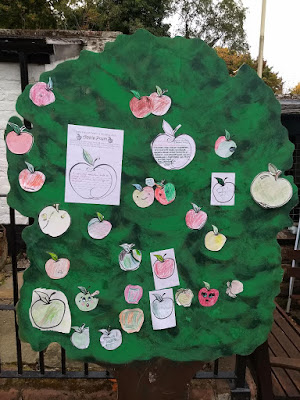This autumn Cheshire Wildlife Trust volunteers have been busy collecting seed from alder buckthorn trees at Hatchmere Nature Reserve.
Alder buckthorn is a little known tree in the area, but it grows well on the acidic peat soil and heathland found on our reserve. The day involved the volunteers first learning to identify the tree, then identifying ripe fruit followed my many hours of seed collection. The target was 10,000 of the alder buckthorn seeds!
So why are we collecting seed?
The seeds are now safely banked in the underground vaults of Kew’s Millennium Seed Bank – as part of the UK’s first national collection of tree seeds. Stored in a temperature and humidity controlled environment before being processed and transferred to deep-freeze conditions, the seeds should remain viable for many decades.
These collections of seeds will play a vital role in on-the-ground conservation work to protect UK trees and woodlands from threats such as pests and diseases like ash dieback. The collections, and associated data, are also available to researchers working on solutions to tackle the many threats facing our woodlands.
As a partner of the project, so far this year Cheshire Wildlife Trust has collected seeds from five species of tree including wild cherry, guelder rose, wild service and hawthorn, with many more collections planned.
The work is part of the UK National Tree Seed Project, which was launched in May 2013. Set up by the Kew’s Millennium Seed Bank at Kew Royal Botanic Gardens, the project's aim is to protect the UK’s trees by securing genetically diverse collections of our native trees and shrubs.Taking into account factors such as conservation status, prevalence in the landscape and vulnerability to pests and diseases, the target species include many which underpin the UK’s wider plant and animal diversity. This also includes species that support the woodland industry, tourism and recreation, such as ash, juniper, Scots pine, alder, beech, hazel, silver birch and yew.
To date, the project has collected more than 12.5 million seeds sampling from over 8,000 individual trees across the UK.
The UK National Tree Seed Project is funded by players of People’s Postcode Lottery.















